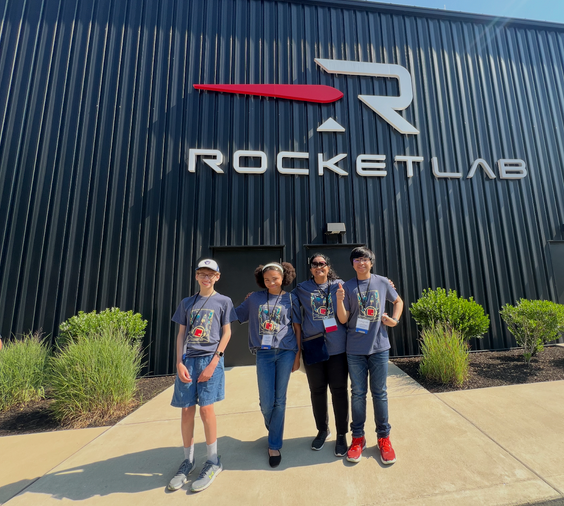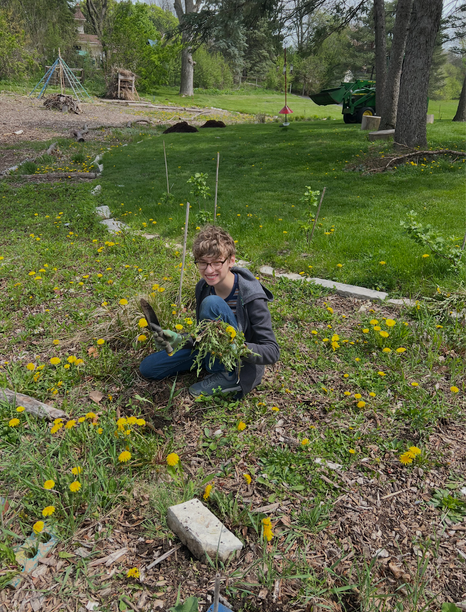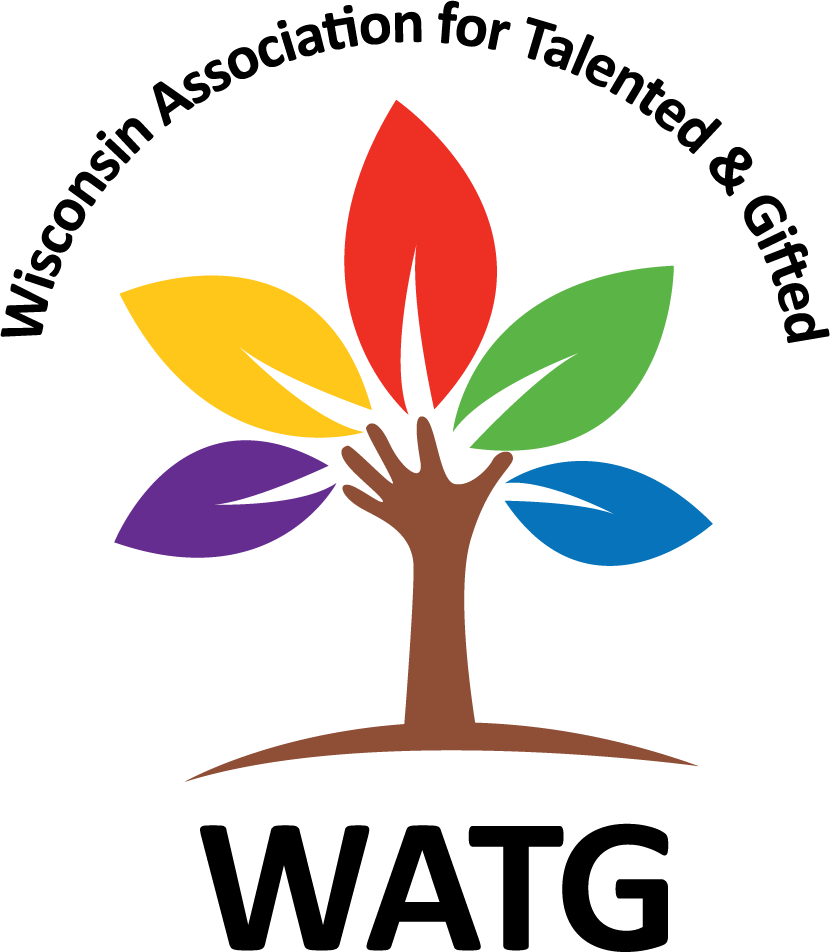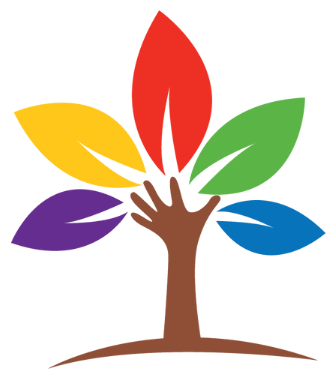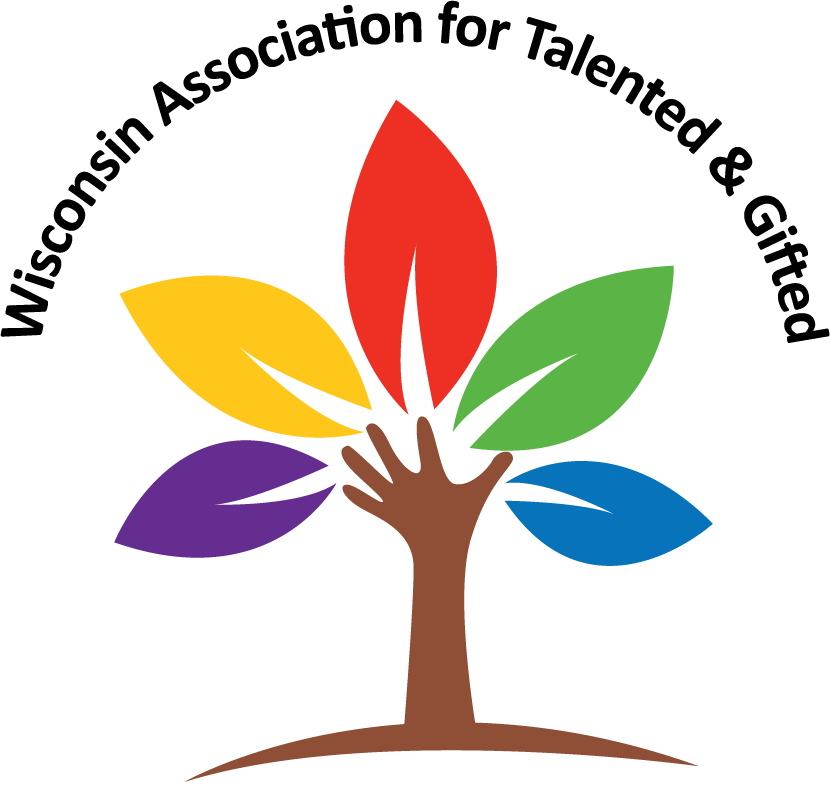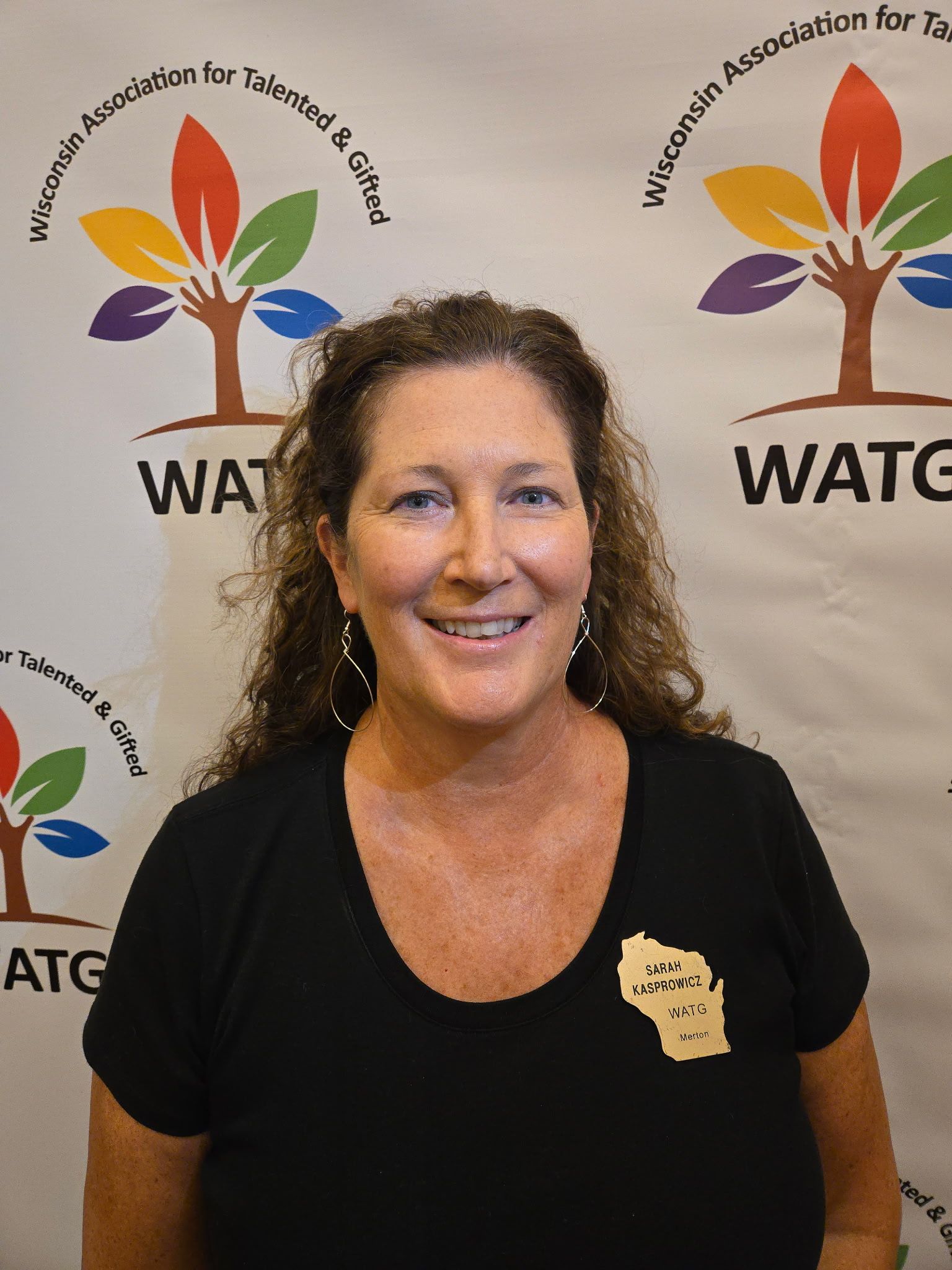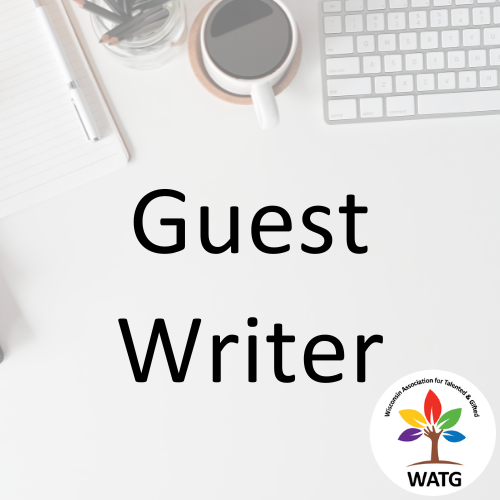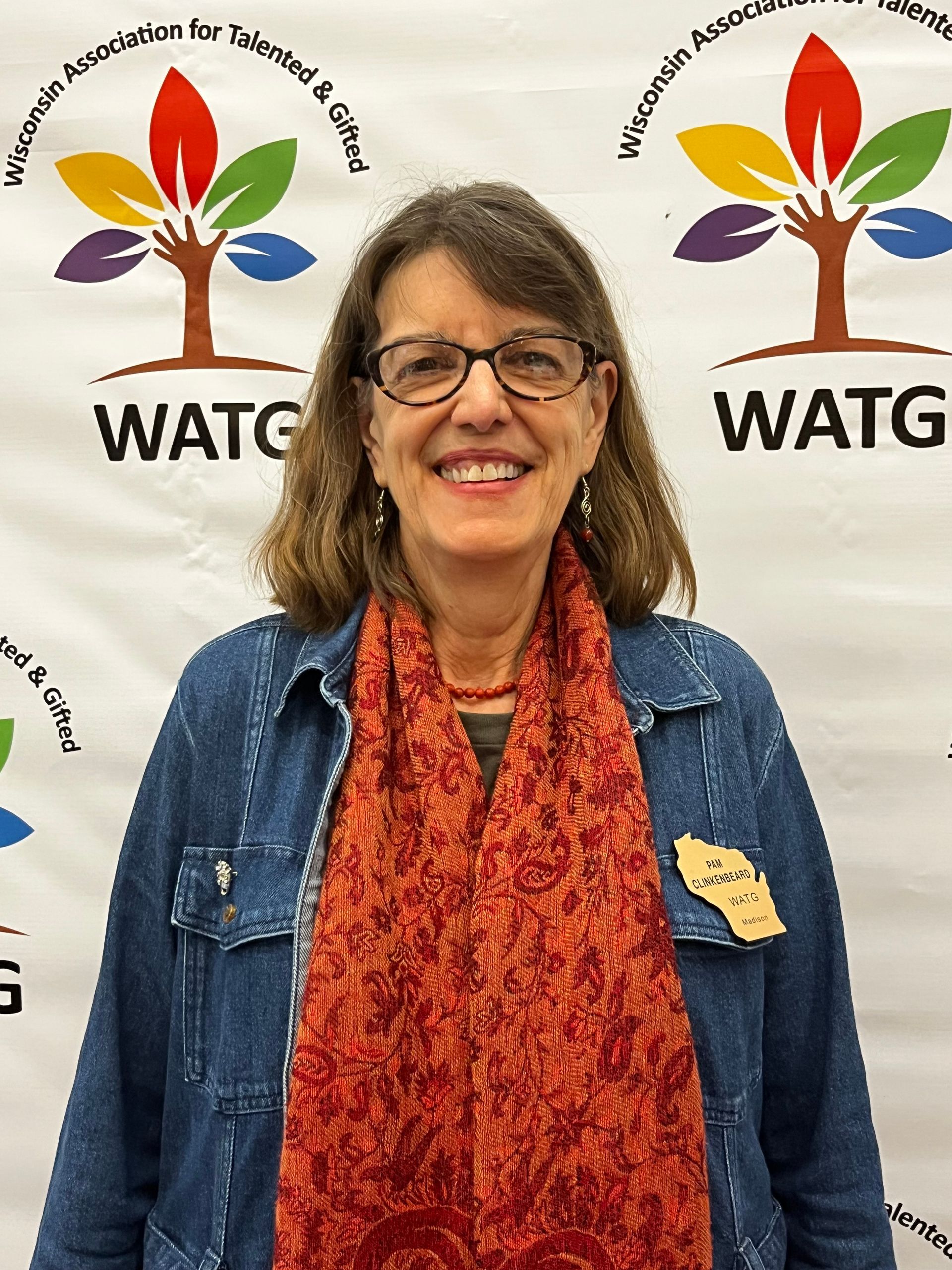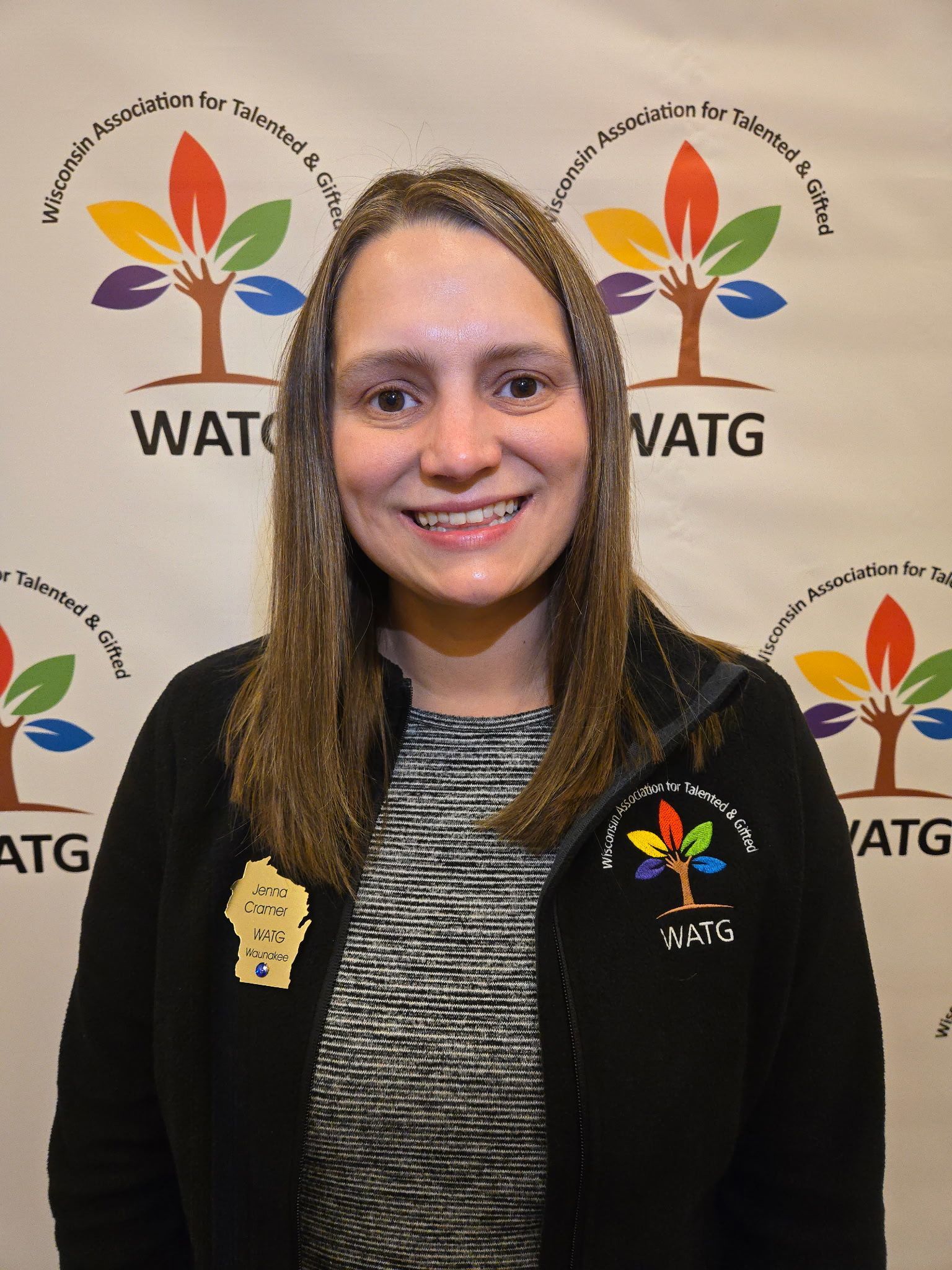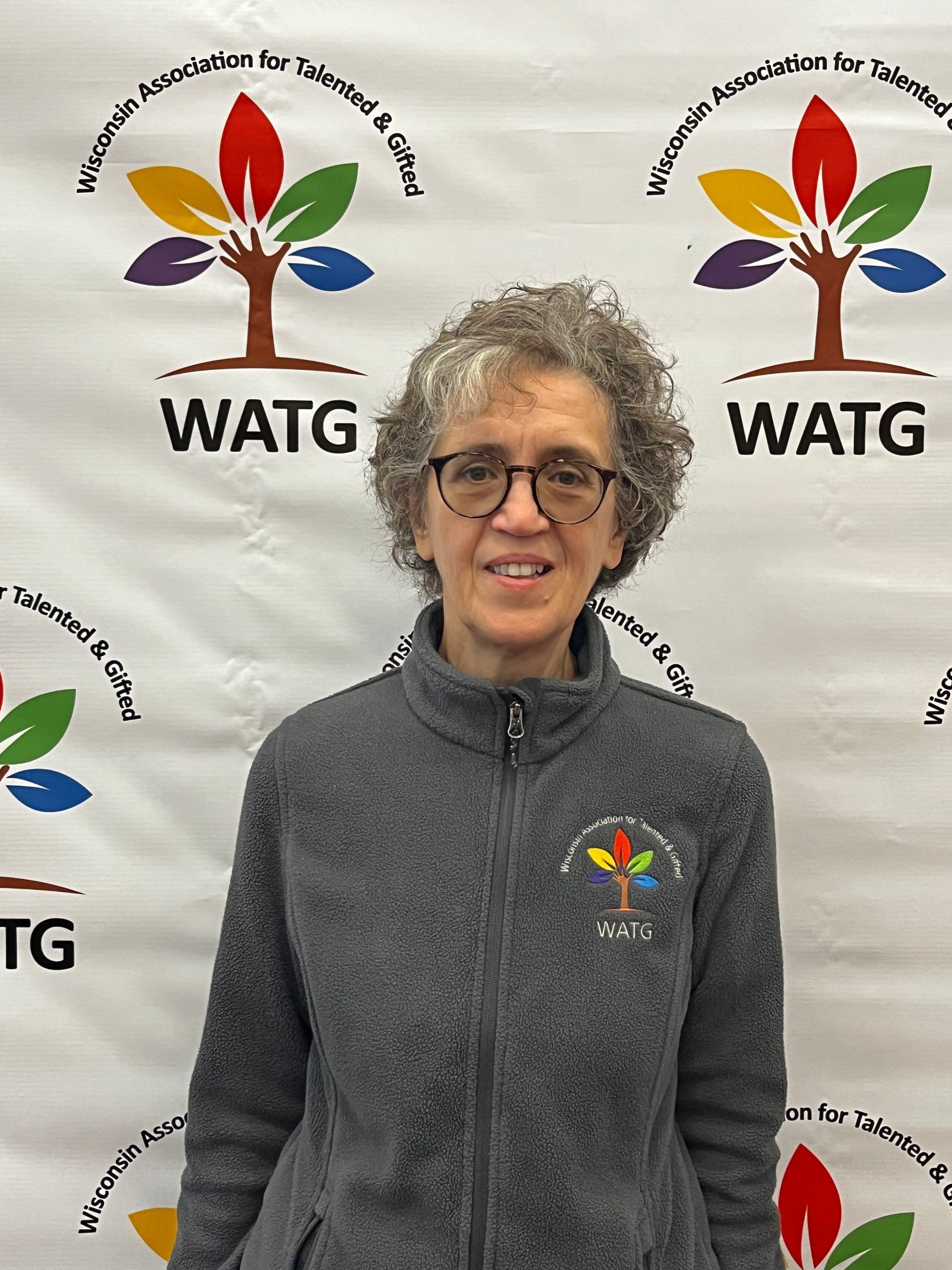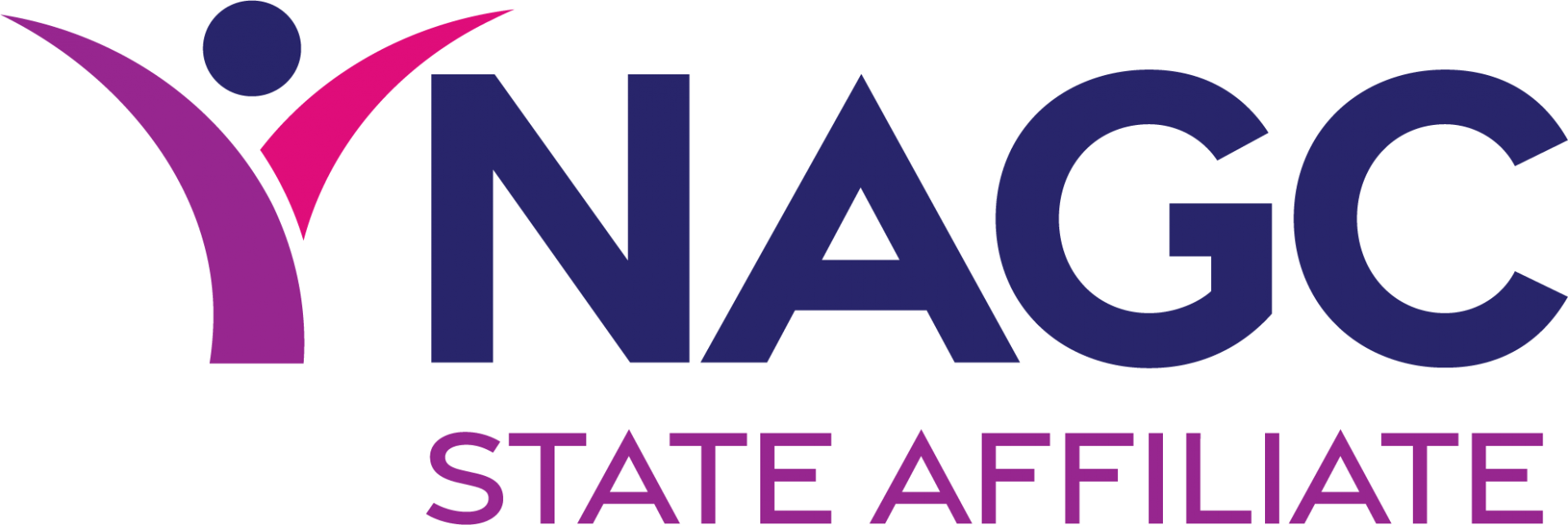Unleashing Potential: The Vital Importance of Gifted Education in Public Schools - A Gifted Student’s Journey to Become a STEM Professional
My name is Henry Berenz, and I am an eighth grader at Glen Hills Middle School. I hope to become a meteorologist in the future. Thanks to my school, Glen Hills Middle School for providing various opportunities to achieve my goal.
Ever since I started middle school, I was challenged more than I ever was in elementary school, where everyone was taught the same curriculum no matter their potential. In middle school, I got involved in the Gifted and Talented program and all kinds of other activities and projects to quench my thirst for learning and growth.
Schools need to provide amazing opportunities like these through Gifted and Talented programs, extracurriculars, and even in the normal curriculum so students can expand their minds and learn more about the world. Kids who strive to learn need special opportunities so they can apply their skills and gain new ones. When kids get involved and learn, they unlock important opportunities for amazing careers to contribute to society. Gifted and Talented programs in schools are necessary to build the minds of the people who will be running the world in the future. Just imagine a future in which nobody is skilled enough to become a physicist or aeronautical engineer, agricultural engineer, or one of the hundreds of other careers that drive our society forward.
Colleges look for “well-rounded” individuals who are good at academics, arts, sports, and community service. Schools need to provide those opportunities during middle and high school years. To develop leadership skills, I am involved with Boy Scouts and the National Junior Honor Society at my school. I participate in various activities like our school’s spring garden clean-up, Hunger Task Force, and Scouting for Food. School and Boy Scout activities have become a huge part of my life over the past few years. I’ve been on our school’s cross country team every autumn for four years, and I hope to continue in high school. I worked on science fair projects on my own and with friends, and in 6th and 7th grade, even when I didn’t place, I still had fun and learned a lot! This year’s science fair, I worked with my friends on how riding theme park rides affects heart rate to see why people with heart diseases shouldn’t ride intense rides. We got second place at the regionals and ASQ Award and CSUP-Two Engineer Award for our project. We have been working on various NASA Projects for the past three years, and our teacher takes us to various space conferences to share our work. This Summer, three of us are going to Florida to attend an international space conference to present our project and then to Walt Disney World to collect more heart rate data. How cool!
In June 2024, I went to Virginia with a couple of my friends and sent experiments into space through the Cubes in Space program. We got up early in the morning and drove over to watch the rocket launch, and it was amazing! One of our experiments was to test if an asthma drug (MIDD0301) is safe for astronauts to use in space. When it came back, we tested it in UW Milwaukee’s lab, and we were surprised to see that the chemical composition didn’t change, and the drug is safe for astronauts to use in space.
One of the biggest projects I’ve done in school is the Future City STEM competition. You imagine, write an essay, and build a model of a futuristic city based on a theme. This year’s theme was Above the Current, and we had to build a city that could float on water. I’ve been doing the Future City competition since sixth grade, so that makes three cities I’ve helped create, and it was truly an amazing experience to build city models and present them to judges. I am also in our school’s NASA STEM Club, where we watch scientist presentations and do fun brain-building activities and projects.
I love music and I play the flute in our school’s band. I participated in last year’s WSMA solo event, and I'm doing it this year, too. I’ve also been taking piano lessons since I was eight years old.
I am currently working on a special National History Day Silent Hero Project along with three of my friends. We researched two silent heroes who fought in the Korean War and wrote Eulogies about those two heroes. We will visit the national cemetery to pay our tributes to them on April 7, 2025. We are one of the 48 schools chosen nationally to participate in this program. I am so proud to be a part of that program!
The city of Glendale is celebrating 75 years this year, and we are researching our local park and Milwaukee River and presenting our findings to the Mayor in City Hall in May. I am never bored at school because of these interesting projects that are being offered through our gifted and talented program.
In conclusion, Gifted and Talented programs, mind-building activities, and extracurriculars are very important in schools to provide opportunities for students to gain skills and be successful.
Thanks so much to Mrs. Murali, Glen Hills Middle School, Boy Scout Troop 393, my supportive parents, my friends, all my teachers, and anyone who has helped me along the way to get me to where I am today.
By Henry Berenz, student at Glen Hills Middle School
